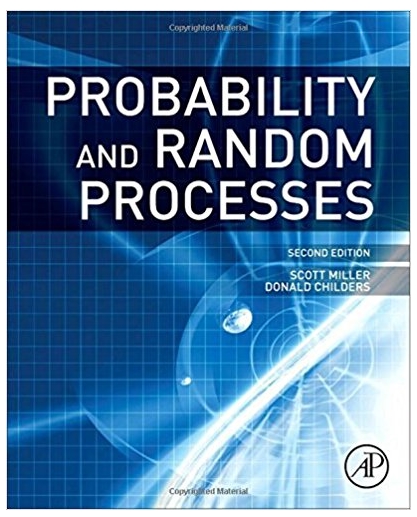Question
Question 23 A random sample of 16 students selected from the student body of a large university had an average age of 25 years. A
Question 23
A random sample of 16 students selected from the student body of a large university had an average age of 25 years. A researcher wants to determine if the average age of all the students at the university is significantly different from 24. Assume the distribution of the population of ages is normal with a standard deviation of 2 years.
The researcher considers the following sets of hypothesis testing:
(A) Ho: mu >= 24; Ha: mu < 24
(B) Ho: mu <= 24; Ha: mu > 24
(C) Ho: mu /= 24; Ha: mu = 24
(D) Ho: mu = 24; Ha: mu /= 24
Fill in Multiple Blanks:
The correct set of hypotheses is . (Enter A, B, C, or D.)
The calculated value of the test statistic is ------------- In your answer, show two (2) digits to the right of the decimal point, for example, 1.00, 1.20, 1.22. Apply the appropriate rounding rule if necessary.
The p-value is -----------In your answer, show two (2) digits to the right of the decimal point, for example, 1.00, 1.20, 1.22. Apply the appropriate rounding rule if necessary.
At the 0.01 level of significance, it can be concluded that the average age of all the students at the university (is, is not) statistically different from 24.
Question 12
Use Excel to estimate a simple linear regression model for the following data (Y is a dependent variable and X is an independent variable):
Y 0 0 1 1 3
X -2 -1 0 1 2
Fill in Multiple Blanks:
What is the slope of the estimated line? What is the Y-intercept?
Question 13
If we are testing for the difference between two population means and assume that the two populations have unequal and unknown standard deviations, the degrees of freedom for the test statistic
| are irrelevant because we should use the normal distribution. | |
| Not enough information is given to answer this question. | |
| equal n1 + n2 - 2. | |
| must be computed. |
Question 19
For a two-tailed null hypothesis, the test statistic .96. Therefore, the p-value is 0.05.
True
False
Question 21
For a given hypothesis test, if we do not reject Ho, and Ho is true.
| Type III error has been committed. | |
| Type II error has been committed. | |
| No error has been committed. | |
| Type I error has been committed. |
Step by Step Solution
There are 3 Steps involved in it
Step: 1

Get Instant Access to Expert-Tailored Solutions
See step-by-step solutions with expert insights and AI powered tools for academic success
Step: 2

Step: 3

Ace Your Homework with AI
Get the answers you need in no time with our AI-driven, step-by-step assistance
Get Started


